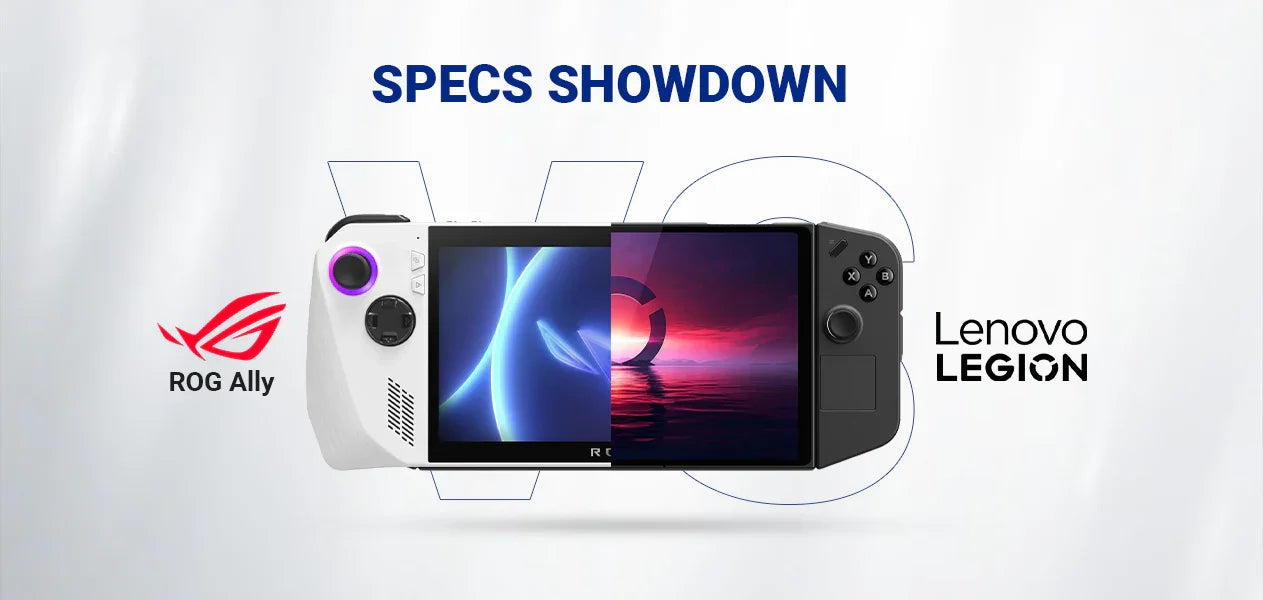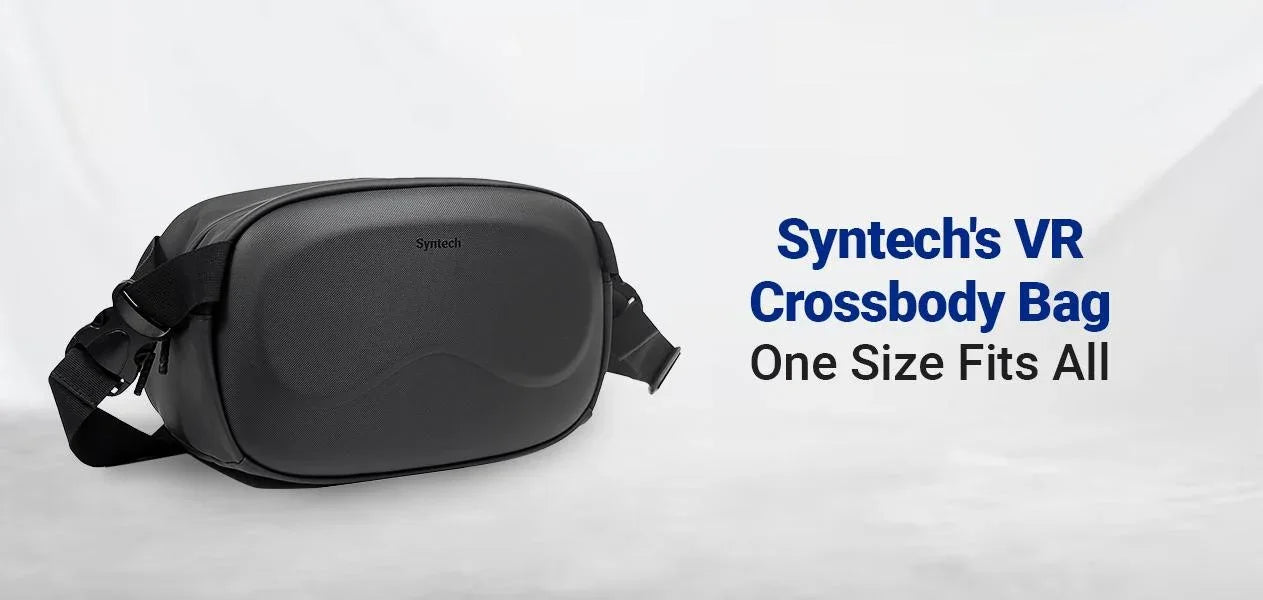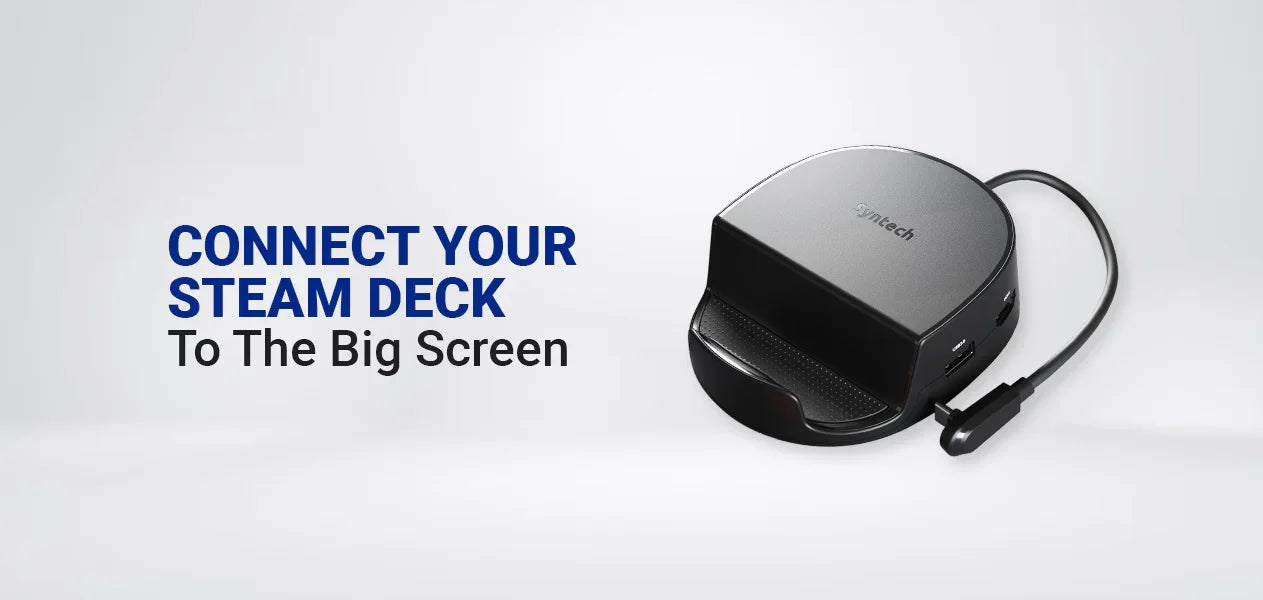
Specs Showdown: ROG Ally vs. Lenovo Legion Go
Nowadays, handheld PCs are very popular in gaming. Although Steam Deck is credited with starting this trend, there are now several Steam Deck substitutes available in the market. The Lenovo Legion Go and the Asus ROG Ally are two of the newest models that you might wish to take into account.
Detachable controllers and the ability to utilize the controllers as a mouse are two new features brought by the Legion Go. Nevertheless, the Asus ROG Ally is a little more powerful and portable than the Steam Deck, which makes it an impressive rival.
Which Handheld Gaming PC is Better for you?
Merging portable design and top-tier PC specifications, handheld gaming consoles have begun a new trend in the gaming business. When compared to gaming laptops, the modern Lenovo Legion Go has entirely transformed the esports industry. Because of its multitude of features and options, the Rog Ally vs Legion Go argument is becoming more and more popular since both consoles have the same processor and GPU capabilities.
So which one should you purchase? We understand as a gaming enthusiast one requires thorough comparison before making a decision. Hence, we are available to help you dive further into each of these two handheld systems' features as we discuss Lenovo Legion Go vs Asus Rog Ally specs.

Battle of Display Screens
The ROG Ally is competitive in terms of size and display since it has a 7-inch 1080p 120Hz display, which is decent for gaming on a portable device. Carrying ROG Ally in a Hard Carrying Case makes the gaming experience more enjoyable and comfy. On the other hand, the Lenovo Legion Go is almost the same in size 11.8 by 5.15 by 1.61 inches. It has the best display screen in a compact handheld game console which is a true pleasure of the device.
In terms of design and Display, Lenovo Legion Go is a clear winner, but it depends on users’ preferences whether they prefer the Bold design of the Rog Ally or the minimal aesthetics of the Lenovo Legion GO.
Quick Response Processor with Cutting Edge Graphics
Since these handheld gaming consoles have an APU (accelerated processing unit), which blends the capabilities of a processor with a graphics card, the processor on these consoles is the real deal. The Ryzen Z1 Extreme chip, which is the Legion Go's processor counterpart to the Ryzen 5 series, is found in the Lenovo Legion Go and the Asus ROG Ally.
Legion Go's GPU is comparable to the best in its class, the Nvidia GTX 1650 series, owing to the RDNA 3 Graphics. When such processor and GPU technology are combined, the performance output averages 90 frames per second at 1080p resolution. Still, it would be a steady yet lively gaming experience. Hence, Asus ROG Ally and Legion Go offer similar performance in terms of visual and processing power.
Finger-Friendly Control Setup
The Asus ROG Ally's controller configuration is quite similar to that of the Xbox controller. The conventional controls for ROG Ally consist of a D-pad, two joysticks, and the normal ABXY buttons. You get two macro buttons for custom mapping—the M1 and M2 buttons—along with the reprogrammable buttons.
Whereas, Lenovo went insane with the Legion Go, including the conventional ABXY setup, trigger buttons, D-pad, and up to 10 assignable buttons. The detachable controllers on the Legion Go controller are the device's most distinctive feature which resemble those on a Nintendo Switch system allowing the user to play both single and multiplayer games. Once more, the Lenovo Legion Go scores bonus points here.
Make Battery Life Last Longer

The battery life of a handheld gaming console is a crucial factor that ultimately determines its worth. Now, the Lenovo Legion Go's power-hungry processor and QHD, 144Hz refresh rate display screen only allow for a playback time of about 1.5 to 2 hours. On Legion Go, there are ways to lengthen playtime without sacrificing performance. However, these methods may not provide the longest battery life.
Since the release, the Asus ROG Ally battery problems have become the talk of the town. However, there are also a few ways of extending battery life such as using Syntech’s 6-in-1 Docking station that supports high-speed charging. Currently, ROG Ally can run on standard settings for two to three hours, but Legion Go can hardly run on standard settings for two hours. For this reason, ROG Ally's battery life is substantially better than Legion Go's.
And it’s a Tie Between the Two
It's not shocking that the Asus ROG Ally and Lenovo Legion Go are at war because they have a lot of similarities, including internal components. However, there are a few crucial elements that give each a benefit (or drawback). It is best to think of the Lenovo Legion Go as a portable computer with controllers connected.
The ROG Ally, however, remains easier to hold and more appropriate for travel because of its smaller size. Playing games is convenient because the joysticks and buttons are situated in well-known places. It's a pick-up-and-play, transportable experience. Therefore, it should ultimately come down to the games you wish to play on a portable PC. The Legion Go better suits players interested in strategy and multiplayer games. However, the Ally is a good substitute for cross-platform games like Cyberpunk 2077 or No Man's Sky.


